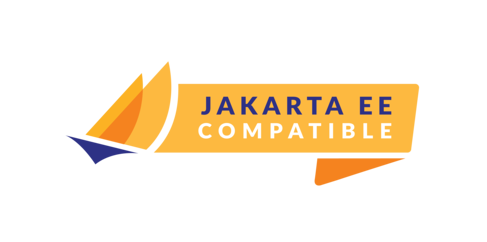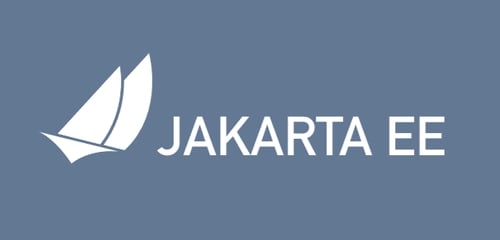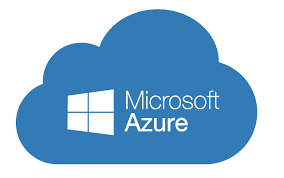Jakarta EE 9 Release Plan Approved
Published on 27 Jan 2020
by Steve Millidge
Topics:
JakartaEE
|
0 Comments
The approval of the Jakarta EE 9 Release Plan is a great milestone for the Jakarta EE project and a stepping stone towards the evolution of Jakarta EE into a project that meets the community's needs and wants. View the approved Jakarta EE 9 Release Plan here.
Payara Platform 2019 Roadmap - Update
Published on 06 Aug 2019
by Steve Millidge
Topics:
Payara Micro,
JakartaEE,
Payara Server
|
0 Comments
It's 6 months since I posted our last roadmap update and the team have been working hard to deliver what we promised at the beginning of the year and have released both our 191 and 192 releases since then. I therefore thought it was a good time to reflect on what we've delivered so far and what we've still got to do.
Jakarta EE 8 and Beyond
Published on 03 May 2019
by Steve Millidge
Topics:
Java EE,
JakartaEE
|
2 Comments
Today the Eclipse Foundation have announced an Update on Jakarta EE Rights to Java Trademarks which has dramatic implications for the future of Java EE and Jakarta EE. The Payara team have only recently learned about this - so we thought we would blog about how we feel this impacts customers and users of the Payara Platform. We'll also give our thoughts on how Jakarta EE should evolve given the constraints outlined in Mike Milinkovich's blog from the Eclipse Foundation.
The Future of the Payara Platform
Published on 28 Mar 2019
by Steve Millidge
2 Comments
Goals of the Payara Platform
Four years ago when I made the first pull request into the Payara repository the team had a number of goals in creating Payara Server. The first was to build a robust, reliable and supported open source application server that could be deployed into production environments and the second was to evolve the Payara Platform to enable Java EE developers to embrace new architectural models and new deployment infrastructure like cloud, IOT and containers. We have achieved many of these goals and driven forward others, and they are still our primary focus as we look towards Payara Platform 6.
Help Us Shape Your Journey to the Cloud!
Published on 08 Mar 2019
by Steve Millidge
Topics:
Java EE,
Cloud,
Cloud-native,
Microsoft Azure
|
0 Comments
One of our key goals for the Payara Platform is to enable developers to use the Java EE skills they have honed over many years to take advantage of new infrastructure, architectures and programming models. We fundamentally believe that a managed runtime platform combined with industry standard APIs like Java EE and in the future Jakarta EE is a perfect fit for cloud and containerized infrastructure. Java EE has always separated the development of applications from the construction and management of the infrastructure to run those applications using the concept of deployment artifacts. This has a natural fit to cloud and container platforms including in the future serverless models.
Payara Platform Roadmap for 2019
Published on 04 Feb 2019
by Steve Millidge
Topics:
Payara Platform
|
0 Comments
The Payara Platform's Journey to Jakarta EE 8 Compatibility
Published on 23 Oct 2018
by Steve Millidge
Topics:
JakartaEE,
Payara Platform
|
1 Comment
At Java One last year, Oracle announced that they had made the monumental decision to open source Java EE and move it to the Eclipse Foundation. As Oracle Code One (the successor conference to Java One) comes around I thought it would be good to reflect on where we are and how far we still have to go.
Payara Platform on Microsoft Azure: Accessing SQL Databases
Published on 16 Oct 2018
by Steve Millidge
Topics:
Payara Micro,
Microservices,
REST,
Microsoft Azure
|
0 Comments
Microsoft Azure provides fully managed Cloud SQL databases for use by your Azure hosted cloud services. Payara® Micro is built to be the best runtime for Cloud Native Java EE and MicroProfile applications. Here’s how to rapidly create a REST web service that retrieves data from an Azure SQL Database and returns it as JSON.
Payara Platform on Microsoft Azure: Container Instances
Published on 02 Oct 2018
by Steve Millidge
Topics:
Docker,
Payara Server,
Microsoft Azure
|
0 Comments
Azure Container Instances allow you to rapidly deploy containers to the Microsoft Azure cloud without having to manage virtual machines and the corresponding infrastructure. Container Instances can be used to rapidly deploy Java EE and MicroProfile applications using Payara Micro as the underlying platform for your Cloud Native applications.
Using Payara Platform to Rapidly Deploy Applications on Microsoft Azure
Published on 01 Oct 2018
by Steve Millidge
Topics:
Docker,
Payara Server,
Microsoft Azure
|
0 Comments
The Payara Platform is perfect for deploying Jakarta EE and MicroProfile applications on Microsoft Azure. One rapid option for deploying on Azure is to use Azure Application Services, especially Web App for Containers. The WebApp for Containers service allows you to rapidly deploy production Payara Micro applications onto Azure in seconds, allowing both rapid horizontal and vertical scaling on demand.









